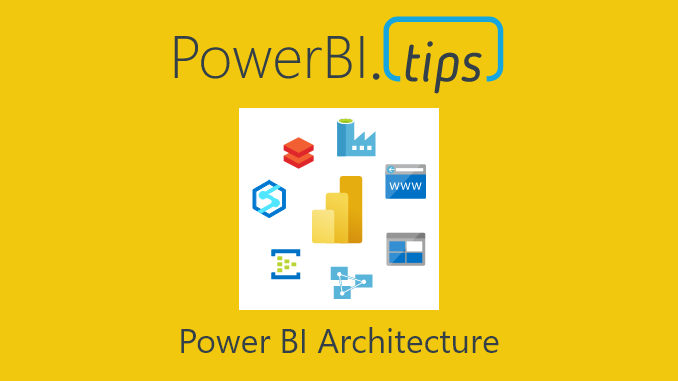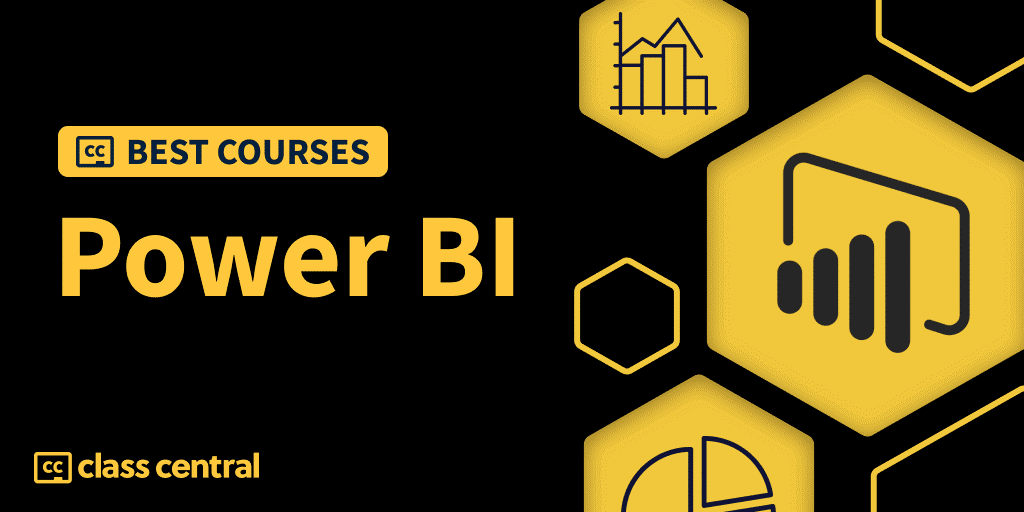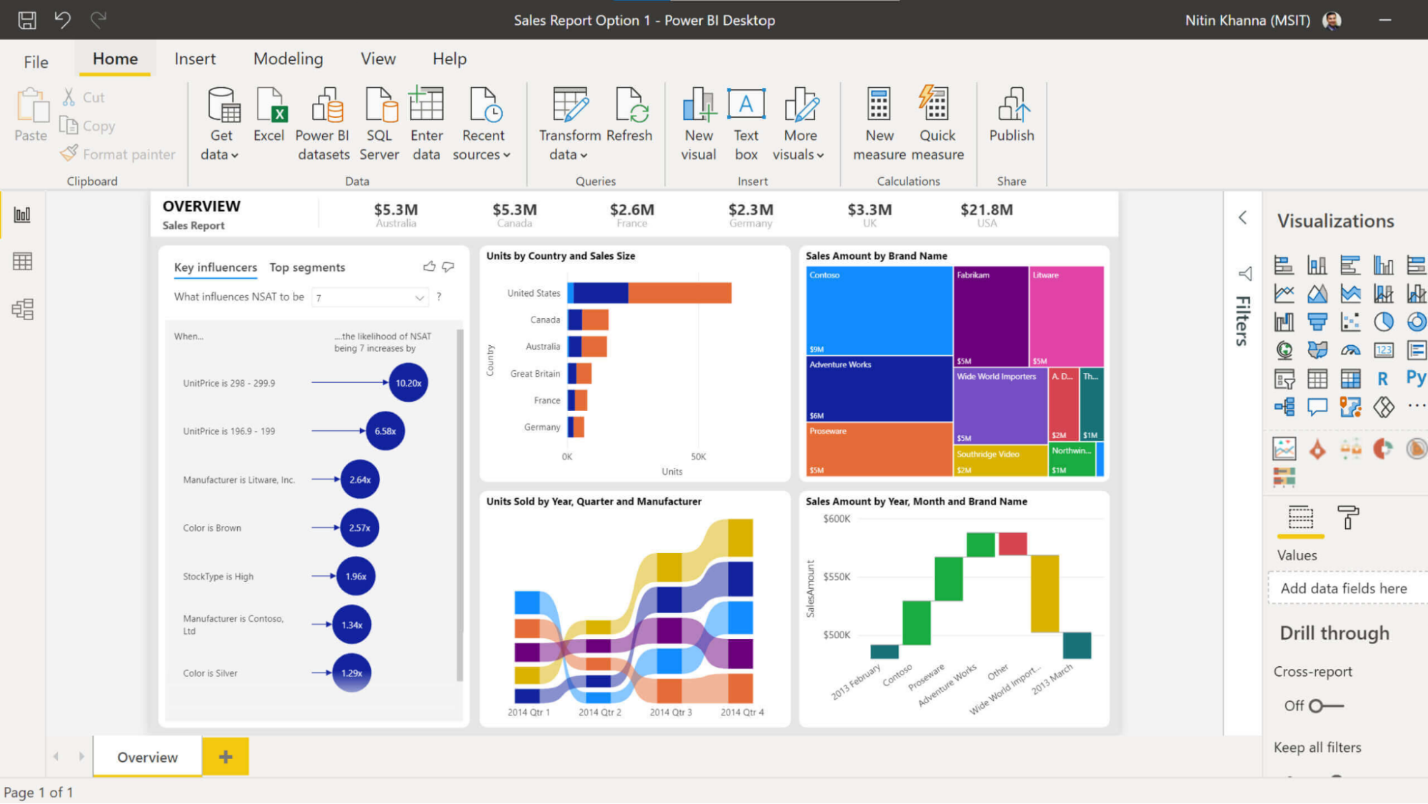It’s likely that you will need to be somewhat familiar with Power BI if you’re seeking for a job with data at some time.
One of the greatest and fastest-growing business intelligence products available is Power BI. Having Power BI abilities on your CV will increase your employability by a significant margin.
Now, how can one learn Power BI?
Regardless of where you are in your Power BI journey, we have developed a roadmap to assist you advance your knowledge of the platform.
Focus on Foundation Basic by Learning
This is the best place to start if you’re new to Power BI! These stages will quickly set you on the way to becoming an excellent Power BI developer, regardless of whether you’re learning by yourself or following along with our Acterys Power BI Desktop course.
Step1: Become familiar with Power BI Desktop
Getting access is the first step in using any tool. You may download Power BI from this link if you haven’t already. You don’t need to log in to use Power BI Desktop; you may download and use Power BI for free! If you decide to create an account, Microsoft demands that you have an email address from work or school.
Spend some time getting to know Netsuite Power BI interface and process before you begin working with data. This broad perspective will support you as you complete your first project from beginning to end.
Step 2: Integrate and organize data
When you first start using Power BI, you must learn how to create and alter tables, connect to source files, and utilize query editing tools to add, combine, and change data.
Using the Query Editor, you ought to discover:
- Data connection: become familiar with recommended practices and the many kinds of data connections.
- Simple table modifications
- Instruments that are specialized to text, numbers, and dates
- Table pivoting and unpivoting, index and conditional columns, grouping and aggregating data, merging and appending searches, and defining hierarchies
You are now prepared to go to the next phase of the Power BI process once you have a firm grasp of the fundamentals.

Step 3: Construct a data model
It’s time to study table relationships so that you may combine your data into a single data model after you’ve mastered the connections and data loading processes in Power BI.
When creating data models, you should be aware of:
- Normalization of databases
- Lookup tables versus data tables
- Types of schemas (such as snowflakes and stars)
- Establishing connections between tables
- Being aware of filter flow
- Cardinality in relationships
- Overseeing and revising connections
- Relationships that are active versus inactive
- Connecting various data tables
Be sure you’re applying best practices as you hone your data modelling abilities.
Make sure each table in your data model has a distinct purpose and maintain organization. When feasible, stay away from complicated relationships and complex cross-filtering since they will only aid in your DAX calculations and prevent improper filter context.
You may advance in your learning process if you have a firm knowledge of how to create a data model.
Step 4: Use DAX to add calculated fields.
DAX has to be learned now!
Power BI uses DAX, or Data Analysis Expressions, as its mathematical language. You may use this to create entirely new computed columns and metrics for your data model. This will enable your analysis to go beyond what can be achieved with conventional formulae.
As you begin using DAX, you should become familiar with:
- What DAX is and how to use it properly
- Column calculations
- Metrics, such as explicit vs implicit metrics
- Example context filters
- Calculating measures step-by-step
- DAX operators and syntax
- Common categories for DAX functions
Here’s where you’ll begin learning popular DAX formulae, so take your time and make sure you fully grasp the foundations. This will serve as a foundation for your future Power BI learning, so take your time!
Once you have faith in your skills, you may proceed to the final phase of the Power BI process: visualization.
Step 5: Use reports to visualize data
It’s time to start building reports and dashboards in Power BI now that you’re prepared to show your data.
The first thing you should do is familiarize yourself with the “Report” view. Learn where the various tools and choices are located; this will come in handy when you begin working with your visualization.

You should next concentrate on learning the many features and tools that you haven’t yet discovered.
You may need to study:
- Including basic items
- Adding simple graphs and images
- Choices for formatting
- Options for report filtering
- Modifying interactions in reports
- Filters with drillthrough capabilities
- Report bookmarks.
- Role management and viewing (RLS)
- Indicators
The best practices for data visualization are to keep things simple, tell a narrative, and constantly be aware of your objective and audience. These should be kept in mind as you get more proficient with Power BI.
Step 6: Artificial Intelligence Visuals
When using Power BI, there’s one last thing you need to know. Microsoft has enhanced Power BI with some fantastic AI-driven visual capabilities in response to the growth of machine learning.
Among them are:
- The Q&A graphic
- The main influences’ image
- The visual breakdown tree
The distinction between correlation and causation must be made while employing AI modelling. When utilized properly, these instruments may be extremely powerful, but when they’re not, they can be just as destructive.

Gain Expert-Level Knowledge in Power BI with Advanced DAX
If you are familiar with Power BI at an intermediate level, enhance your expertise by learning more sophisticated techniques!
Concentrate on:
- The DAX engines
- Linear functions
- Filter and Table features
- Determined Table Joins
- Functions of relationships
- Time Intelligence Advancement
In our Advanced DAX for Power BI course, we go over all of these and more.
Become the Go-To Authority on Power BI and Use Your Knowledge to Empower Others
The next item on your list should be Power BI Service if your objective is to master data sharing to the cloud and establish yourself as an organization’s go-to expert on Power BI.

If you want to take this path, increase your expertise in:
- Managing Power BI Services
- Links to data
- Dashboards and reports
- Cooperation and sharing
- Row-level protection
- Per User Premium (PPU)
Acterys Microsoft Power BI Service goes into great detail on them if you’re searching for a thorough education and implementation.



